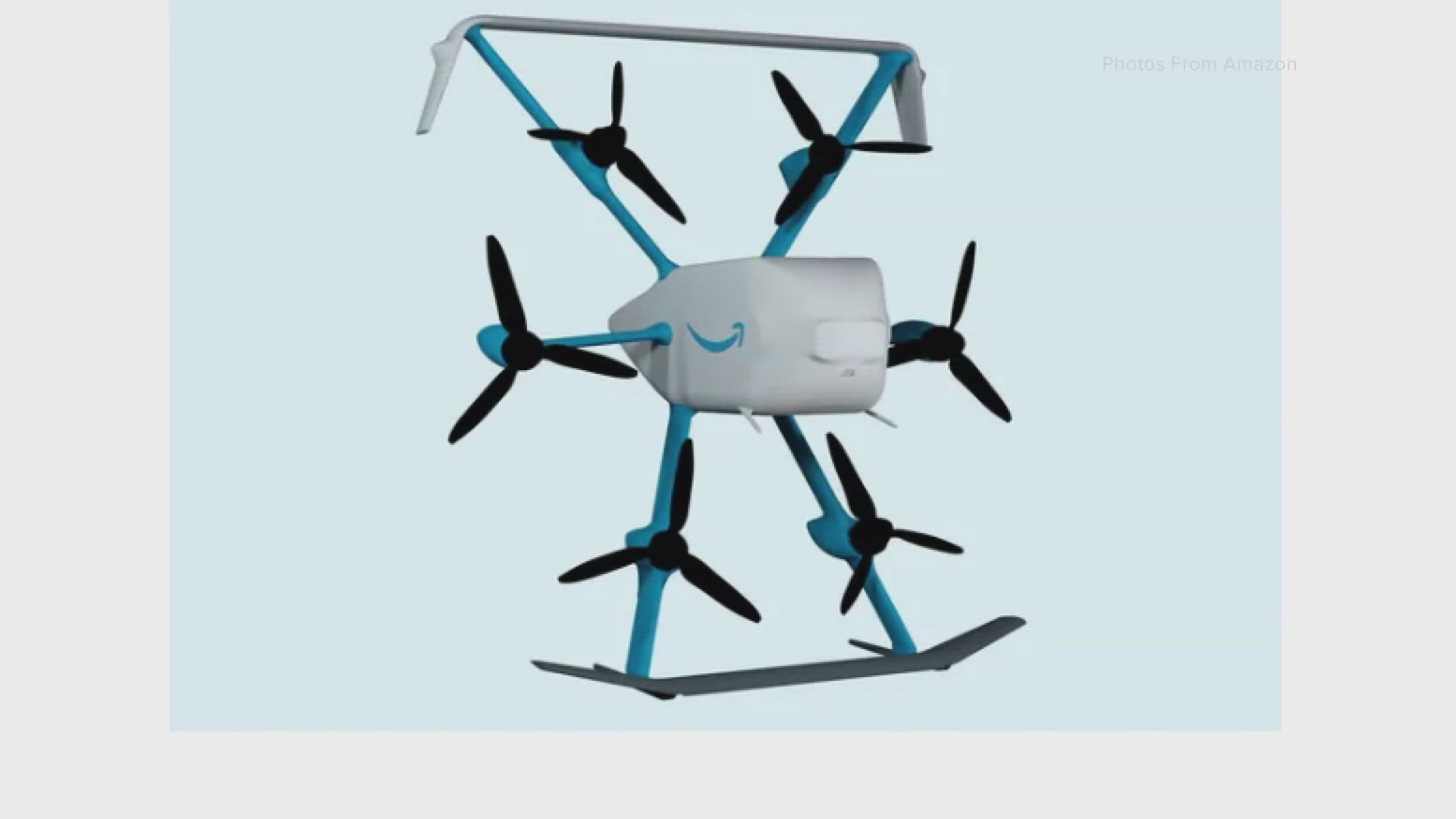SEATTLE — Federal regulators have given Amazon key permission that will allow it to expand its drone delivery program, the company announced Thursday.
In a blog post posted on its website, Seattle-based Amazon said that the Federal Aviation Administration has given its Prime Air delivery service the OK to operate drones “beyond visual line of sight,” removing a barrier that has prevented its drones from traveling longer distances. With the approval, Amazon pilots can now operate drones remotely without seeing it with their own eyes.
Amazon, which has sought this permission for years, said it received permission from regulators after developing a strategy that ensures its drones could “detect and avoid obstacles in the air.”
Furthermore, the company said it submitted other engineering information to the FAA and conducted flight demonstrations in front of federal inspectors. Those demonstrations were also done “in the presence of real planes, helicopters, and a hot air balloon to demonstrate how the drone safely navigated away from each of them,” Amazon said.
The FAA’s approval marks a key step for the company, which has had ambitions to deliver online orders through drones for more than a decade. During a TV interview in 2013, Amazon founder Jeff Bezos said drones would be flying to customer’s homes within five years. However, the company’s progress was delayed amid regulatory setbacks.
In 2022, Amazon started performing a limited number of drone deliveries to customers in College Station, Texas and Lockeford, California. Last month, it said it would close its drone delivery site in Lockeford and open another one late this year in Tolleson, Arizona, a city located west of Phoenix.
Businesses have wanted simpler rules that could open neighborhood’s skies to new commercial applications of drones, but privacy advocates and some airplane and balloon pilots remain wary.
With the new authorization, Amazon says it will “immediately” scale its operations in College Station in an effort to reach customers in more densely populated areas. By the end of the decade, the company has a goal of delivering 500 million packages by drone every year.

